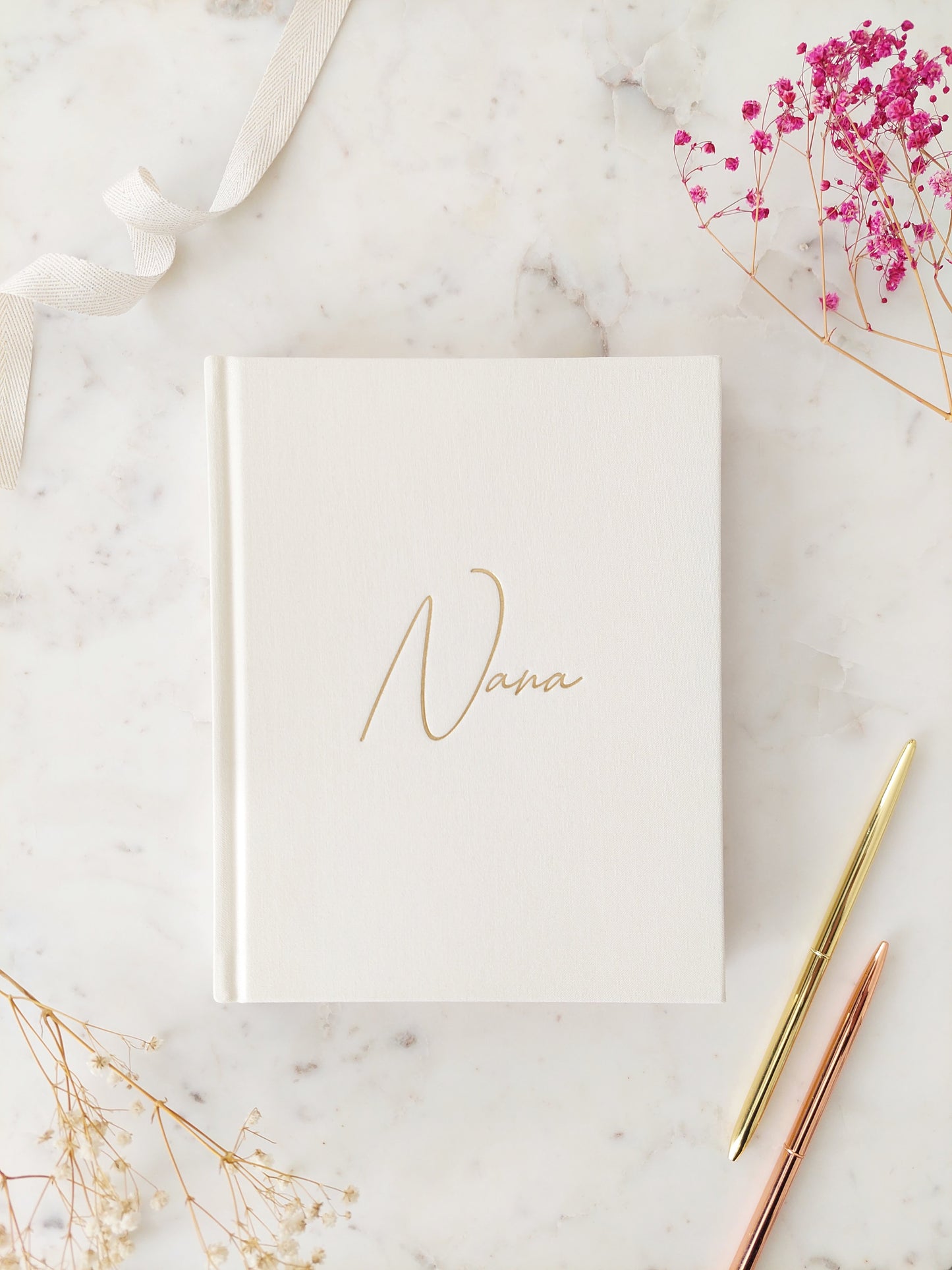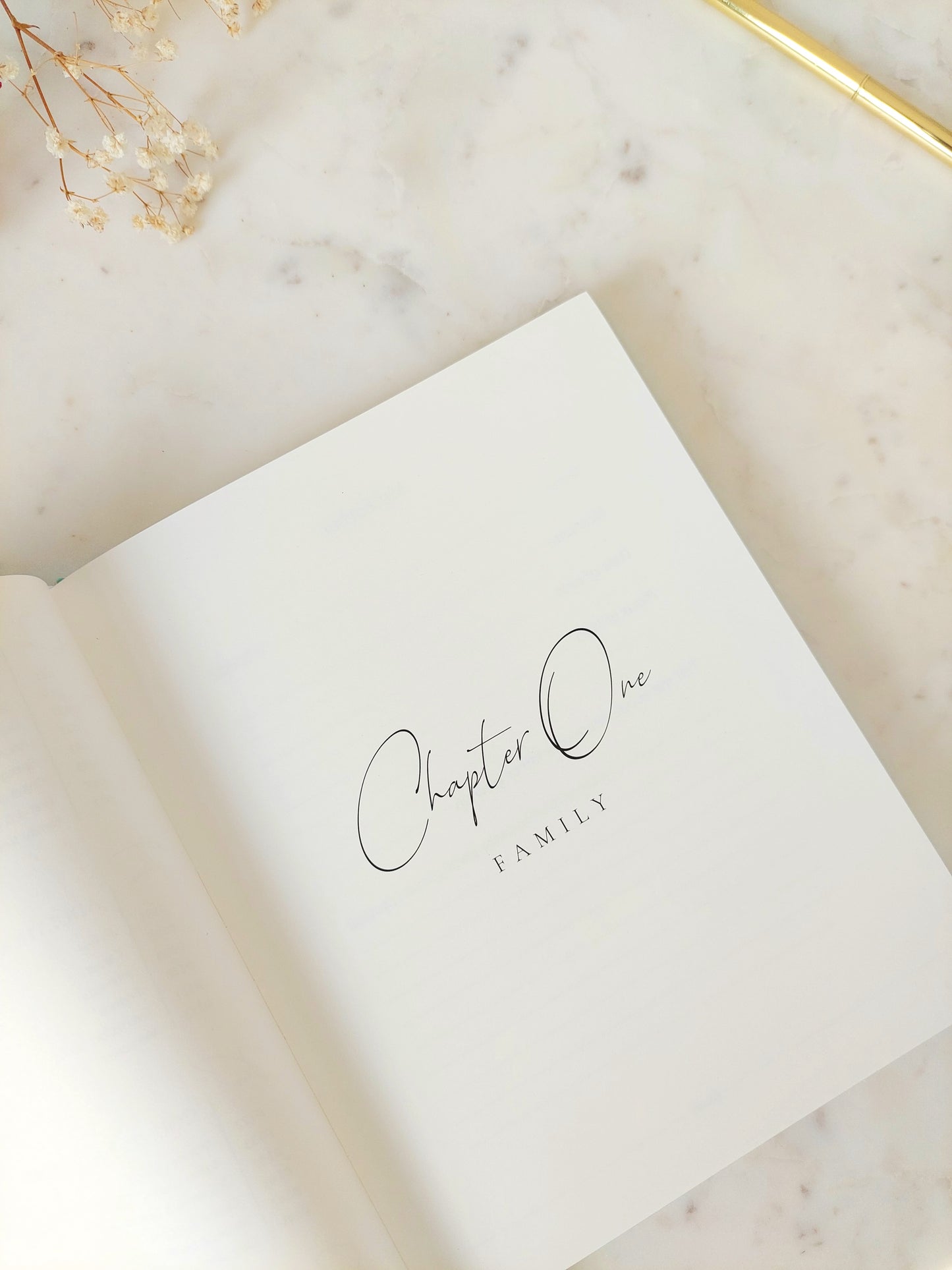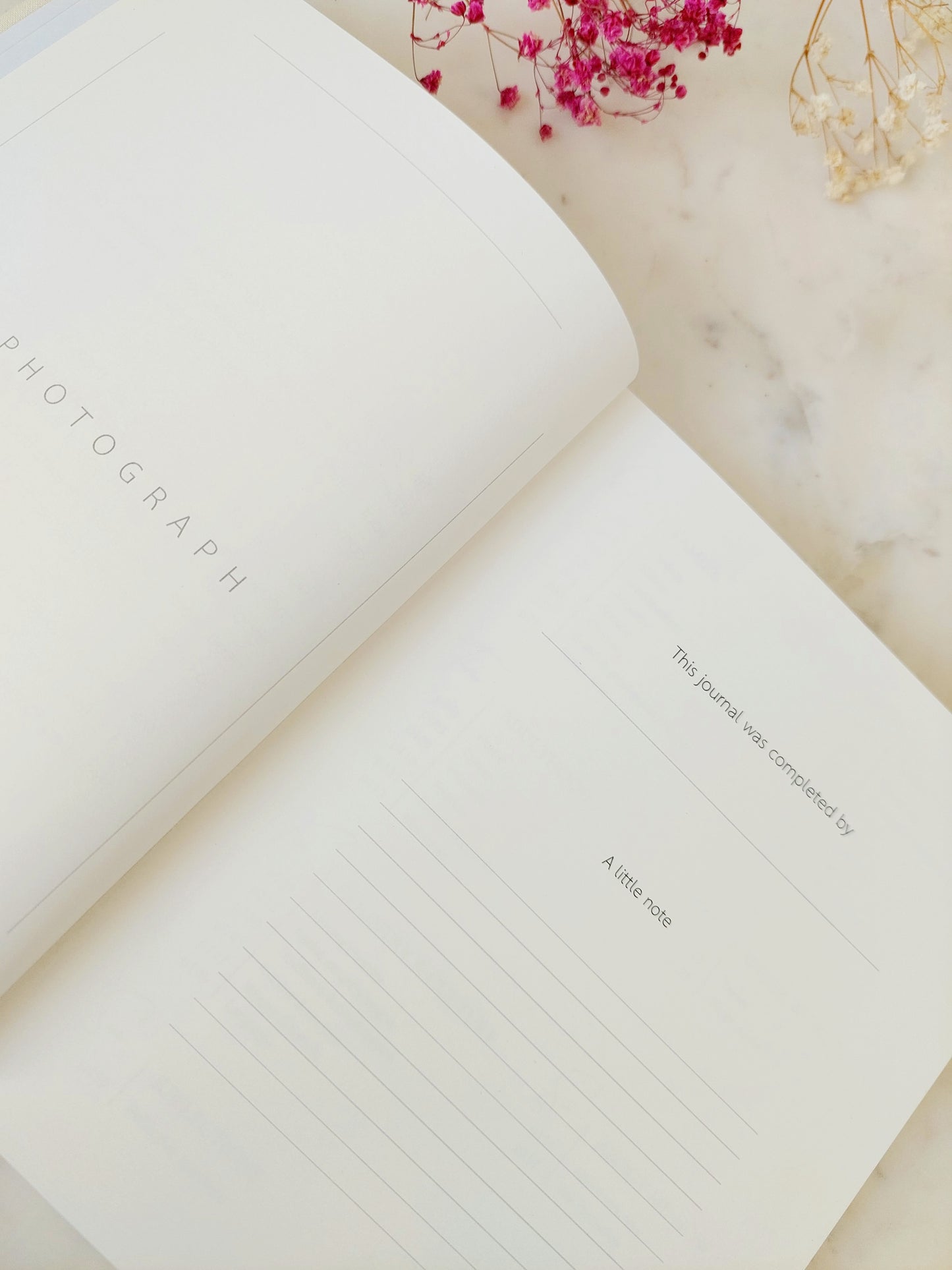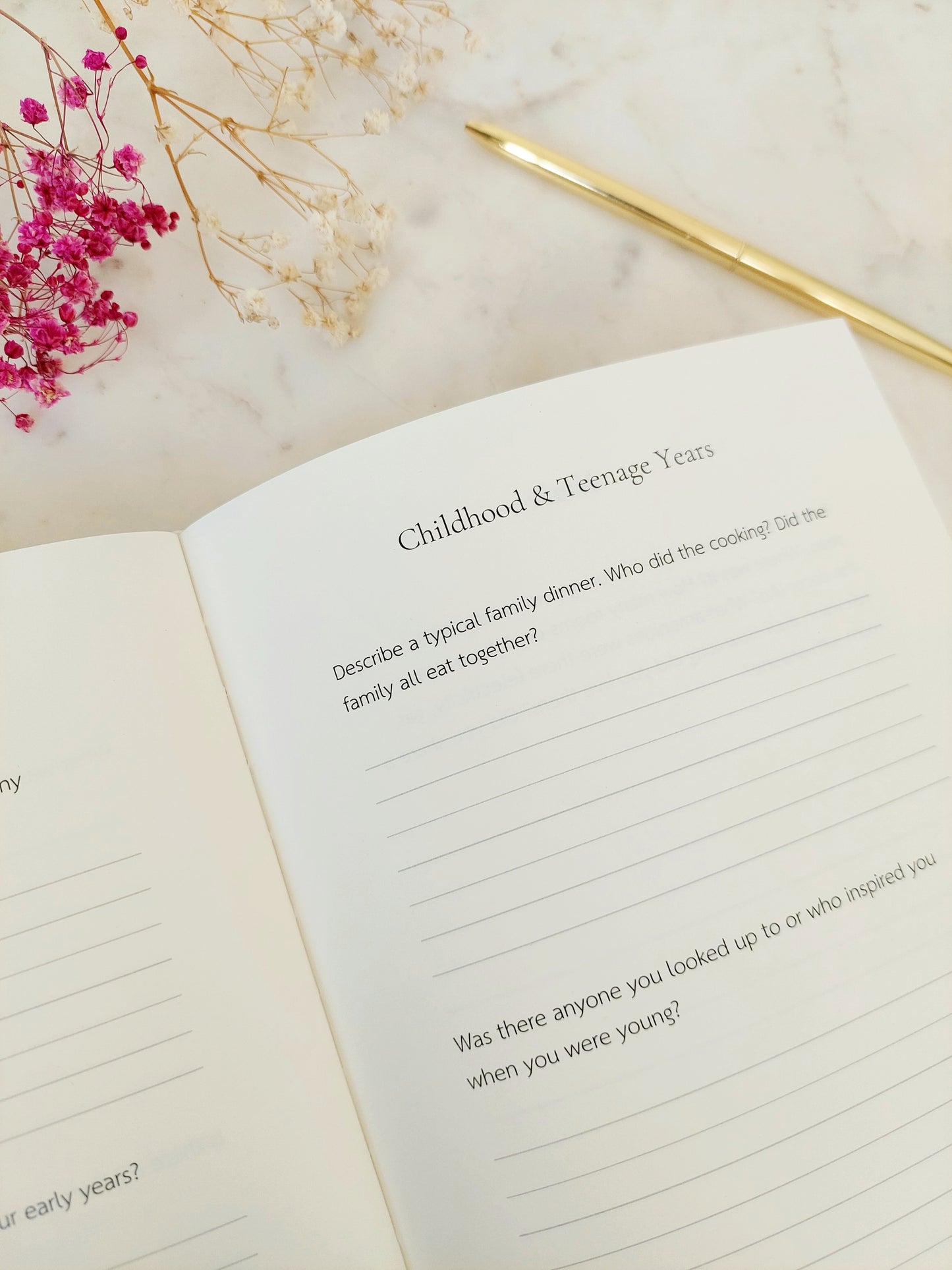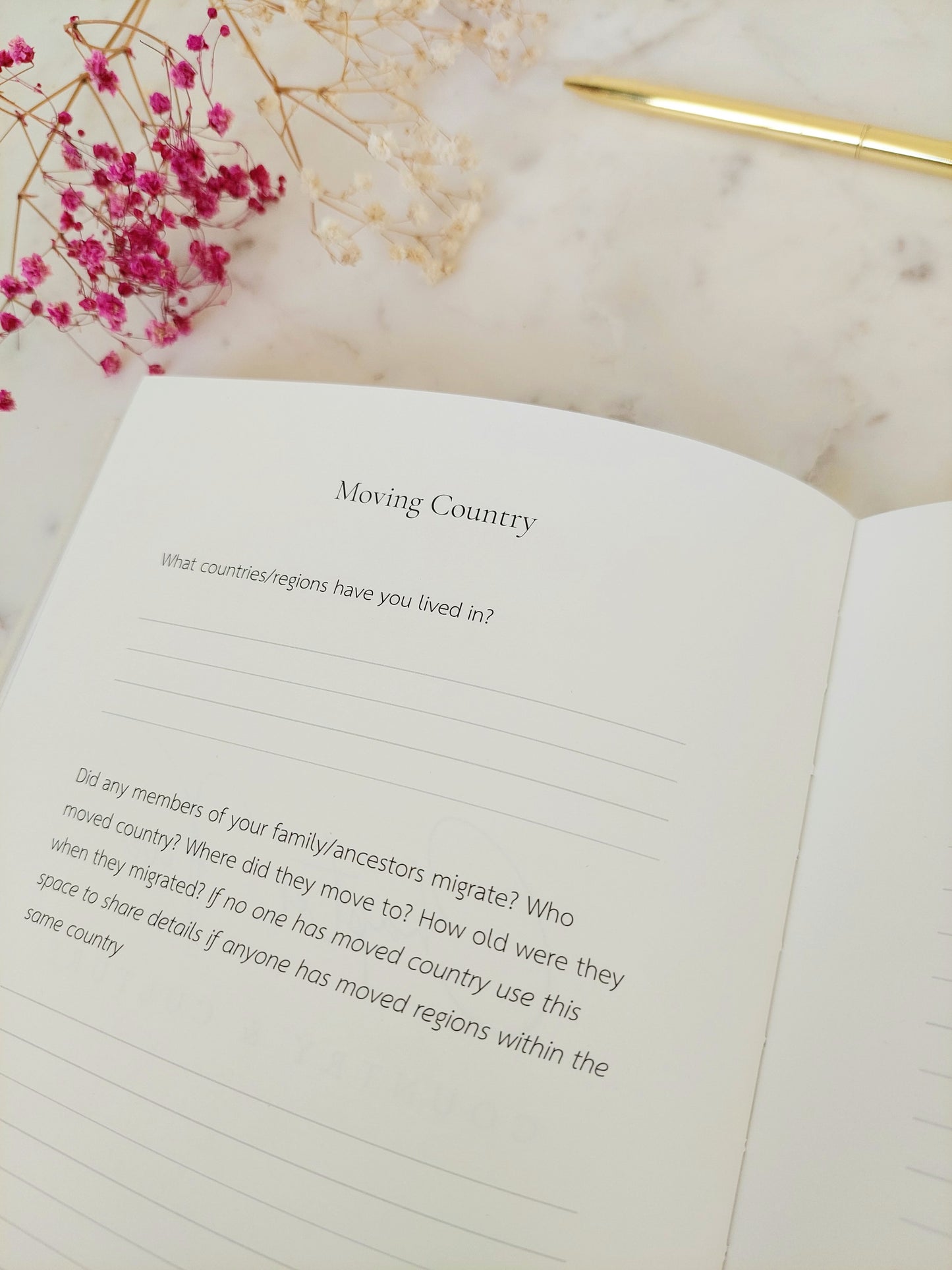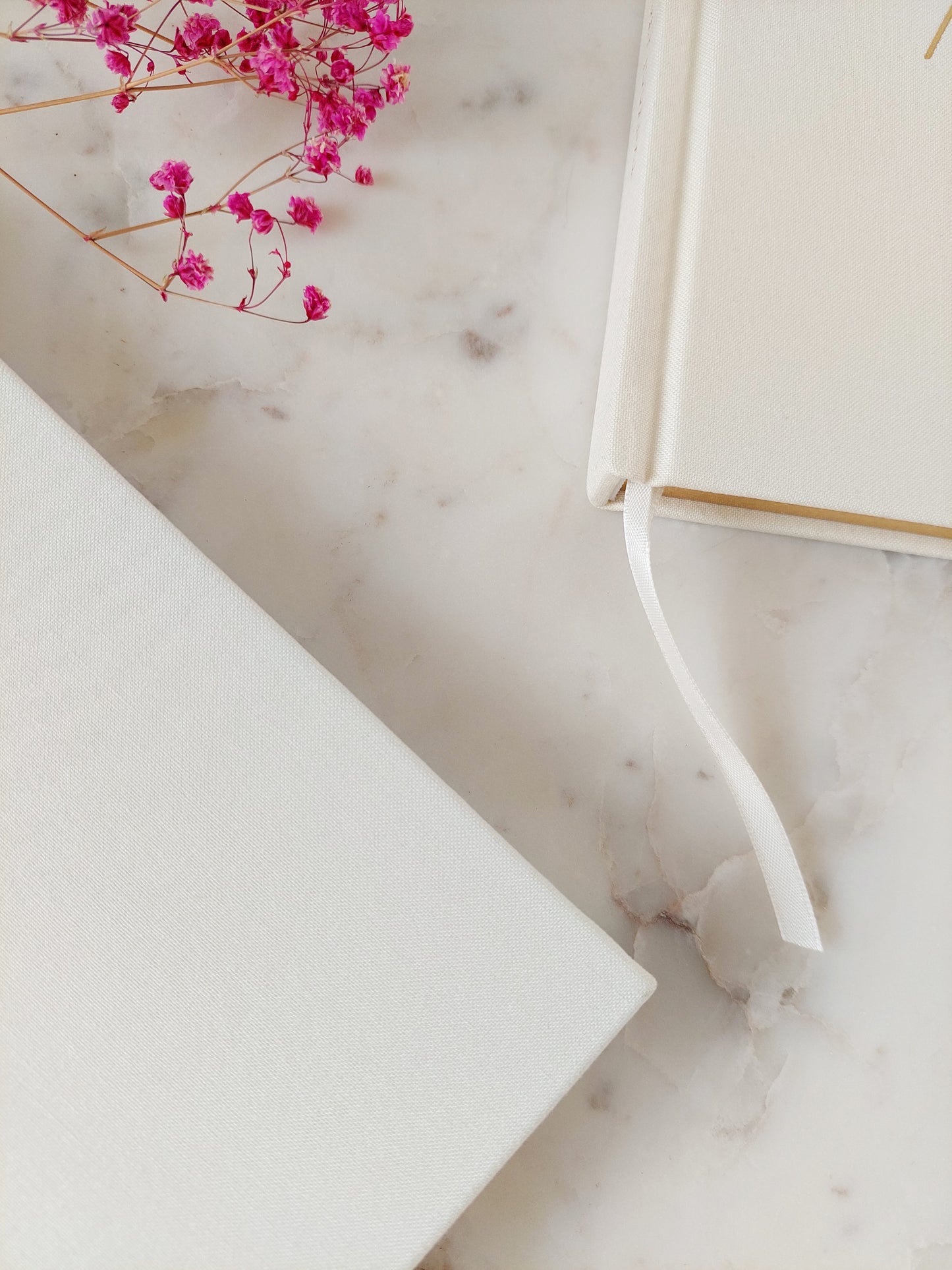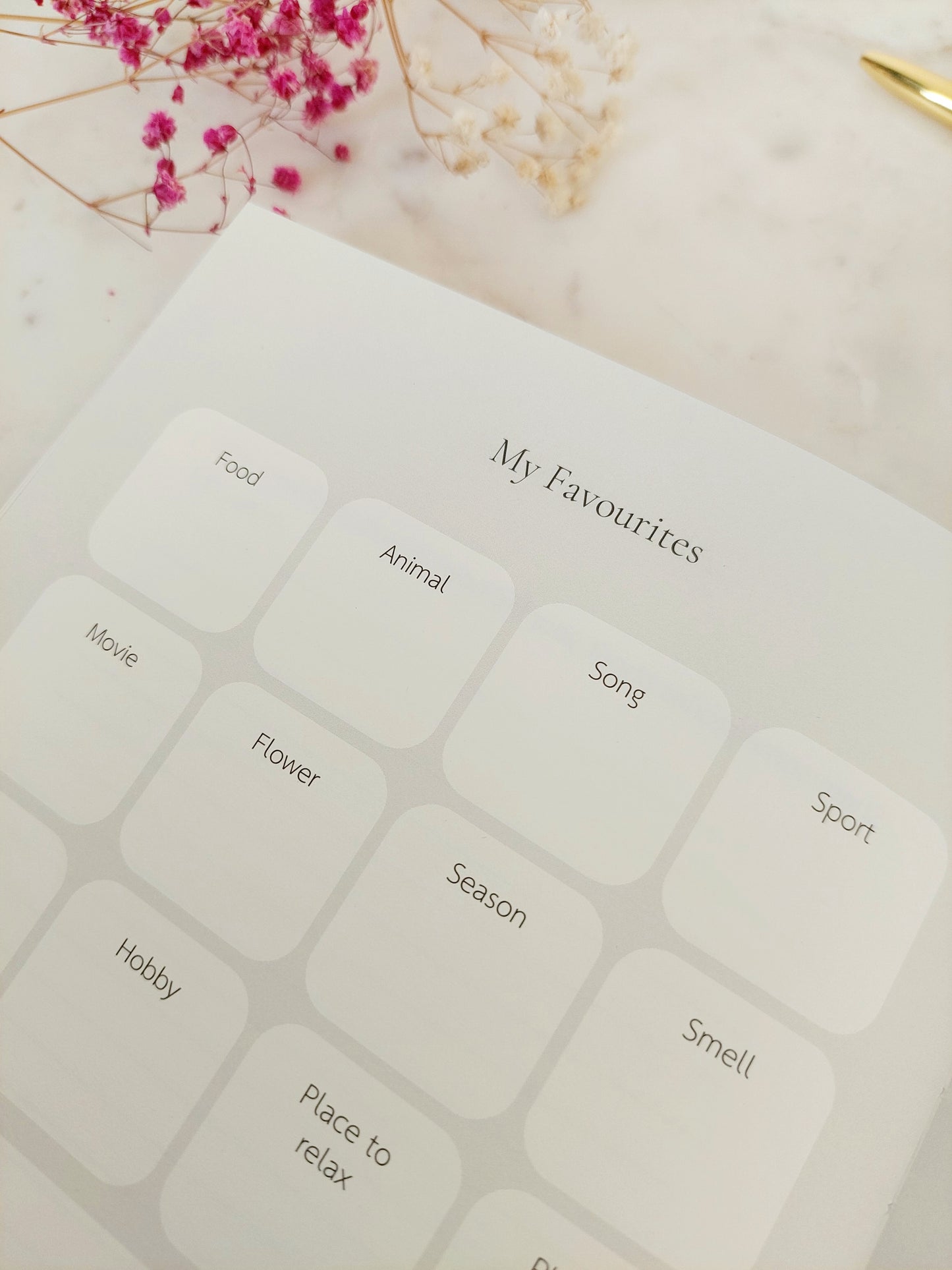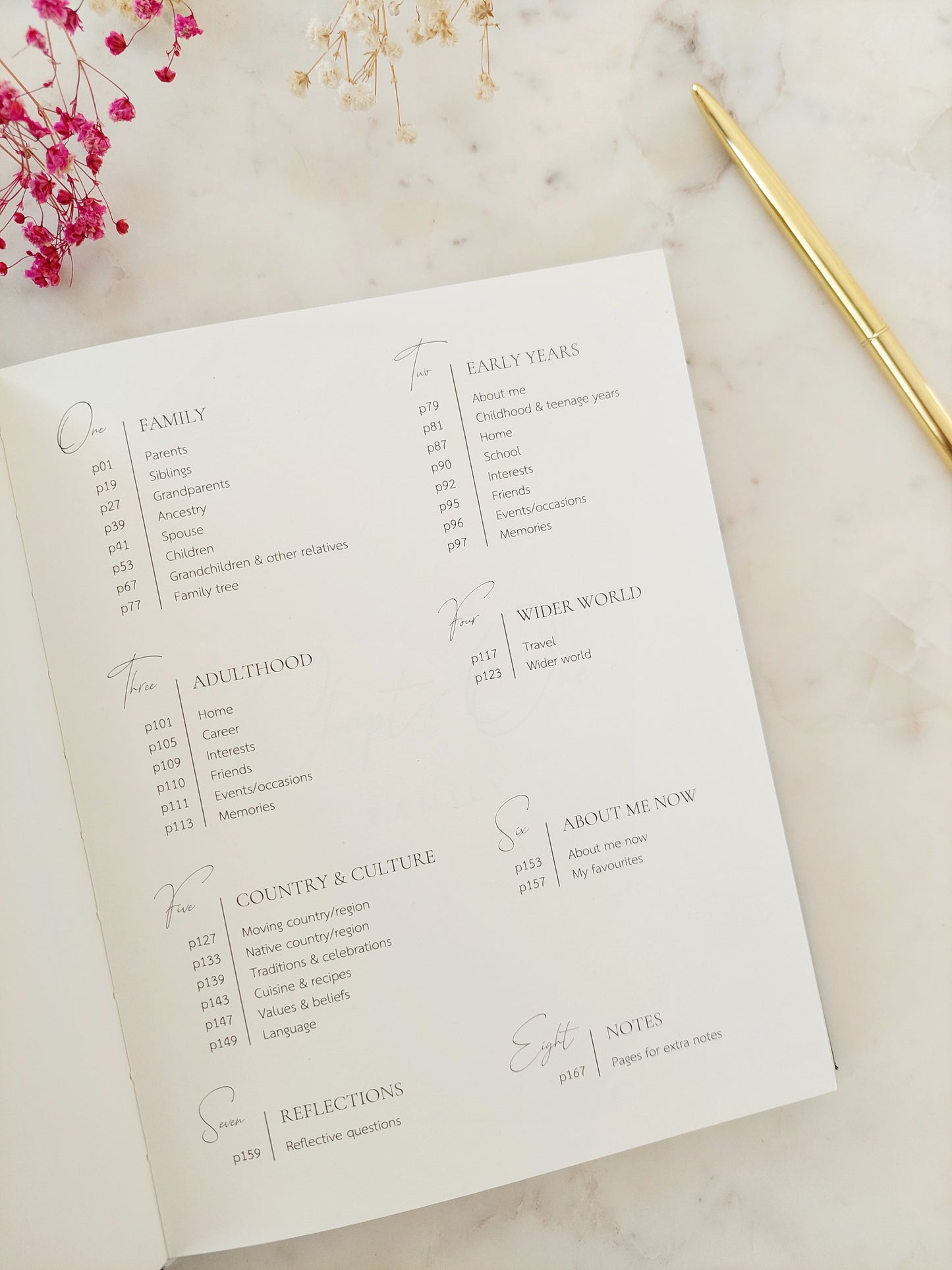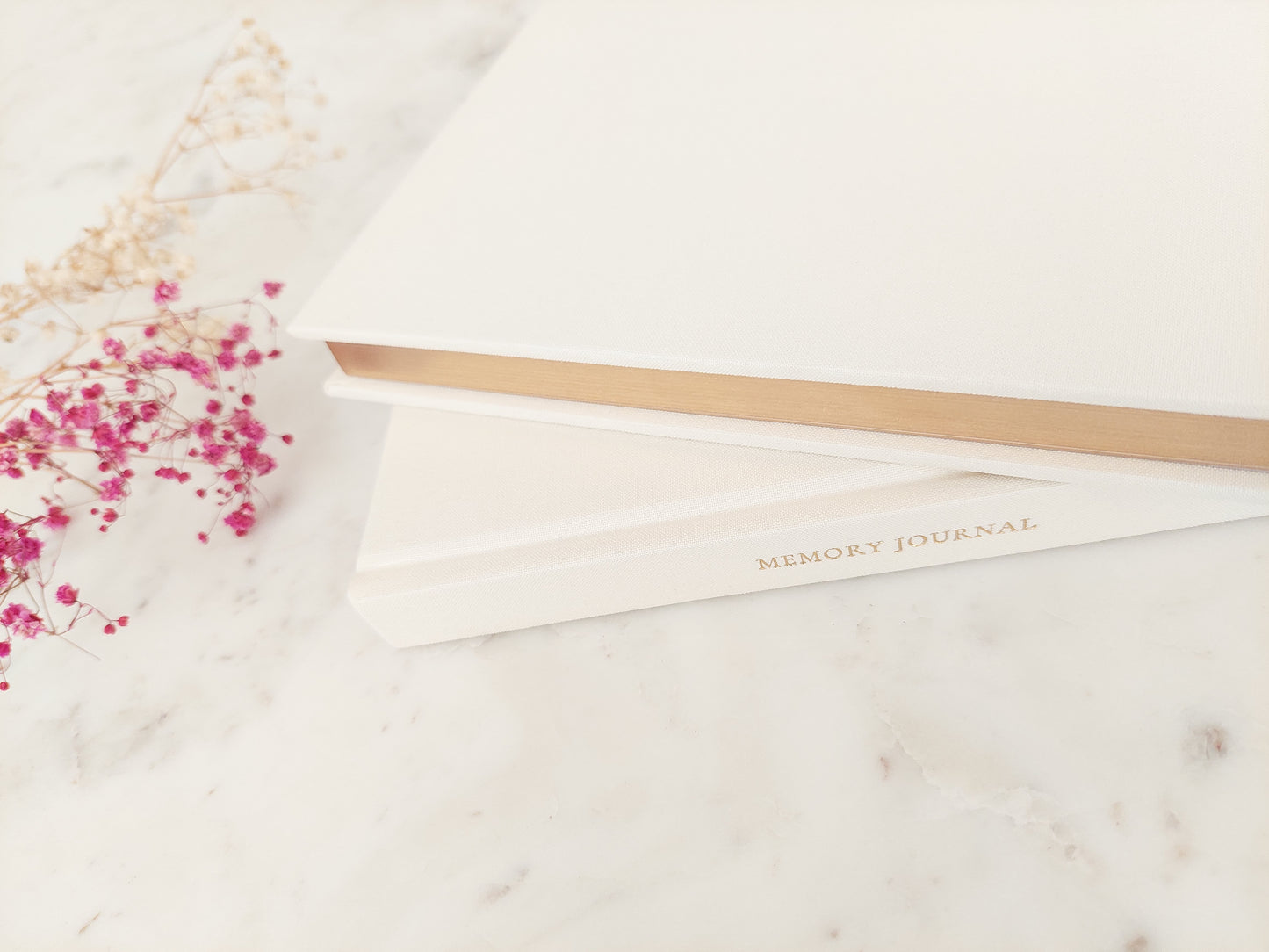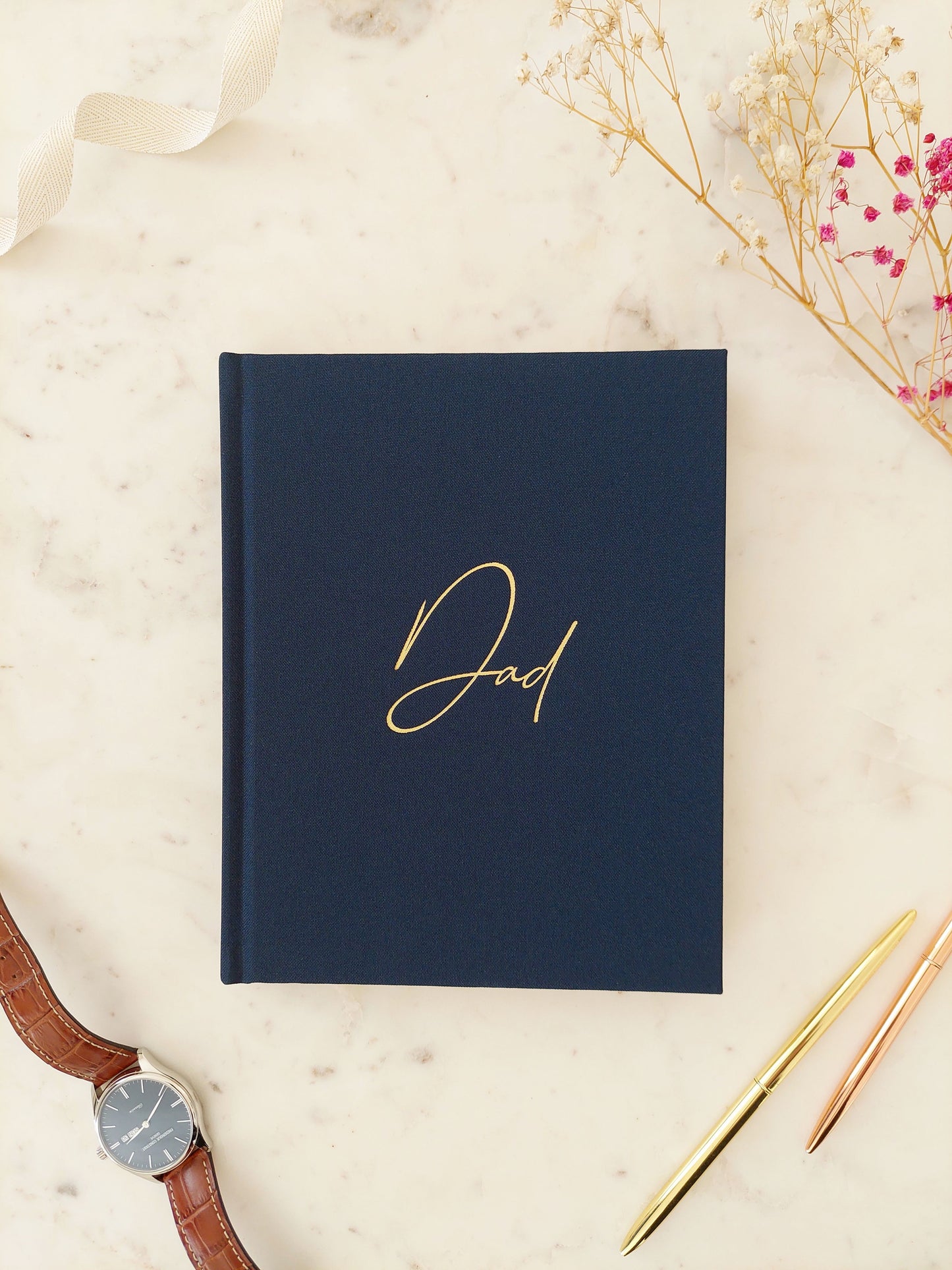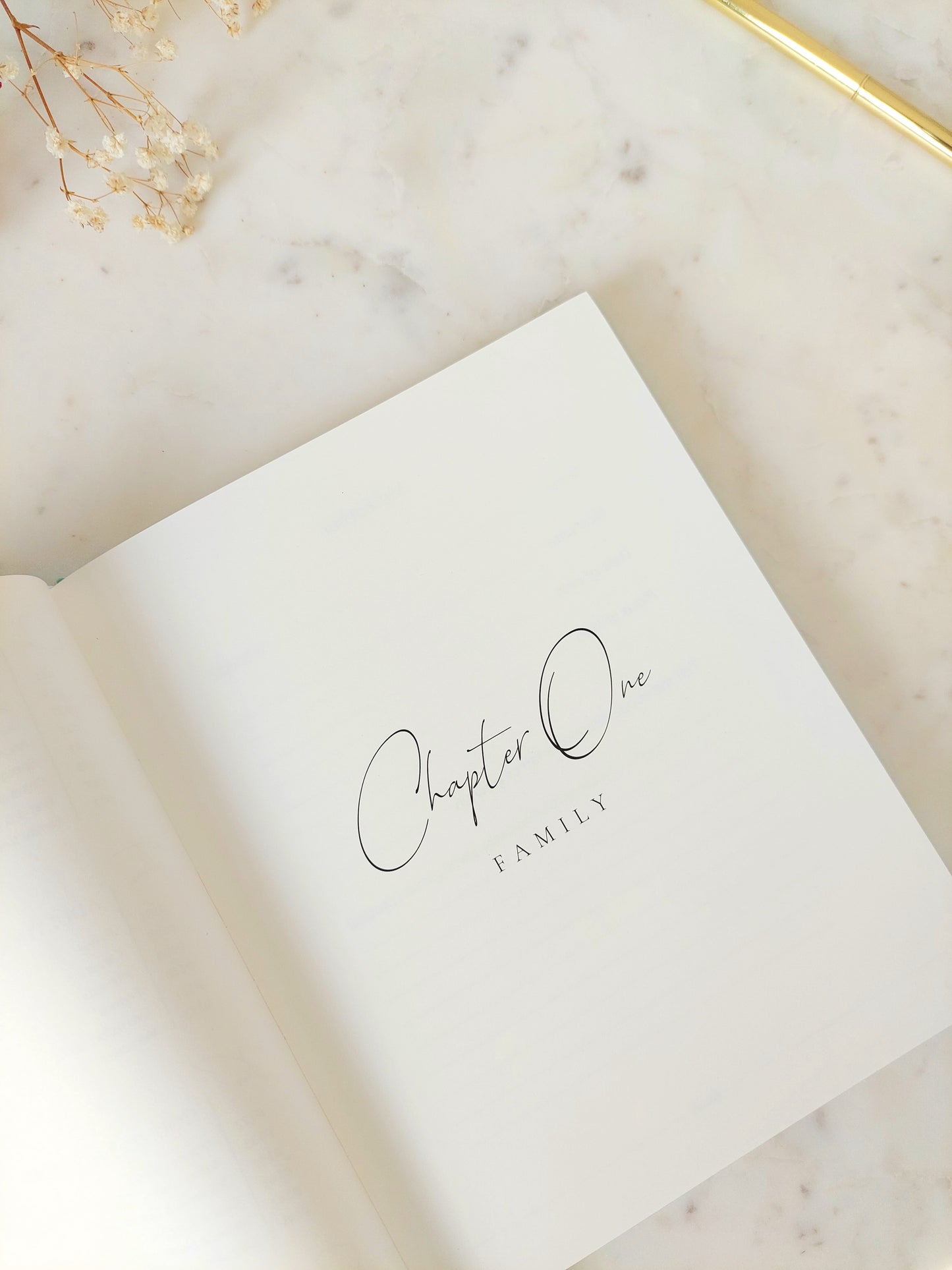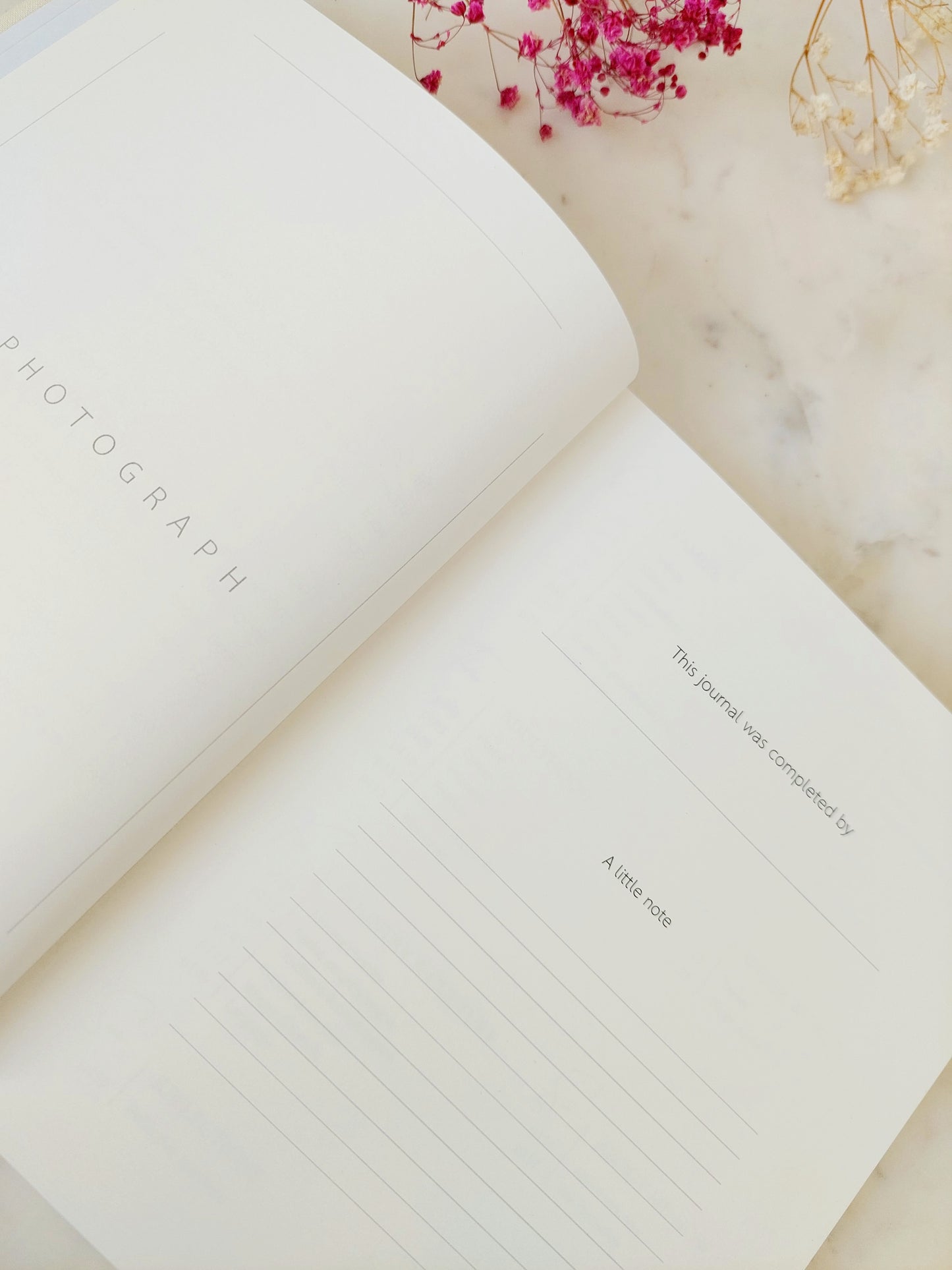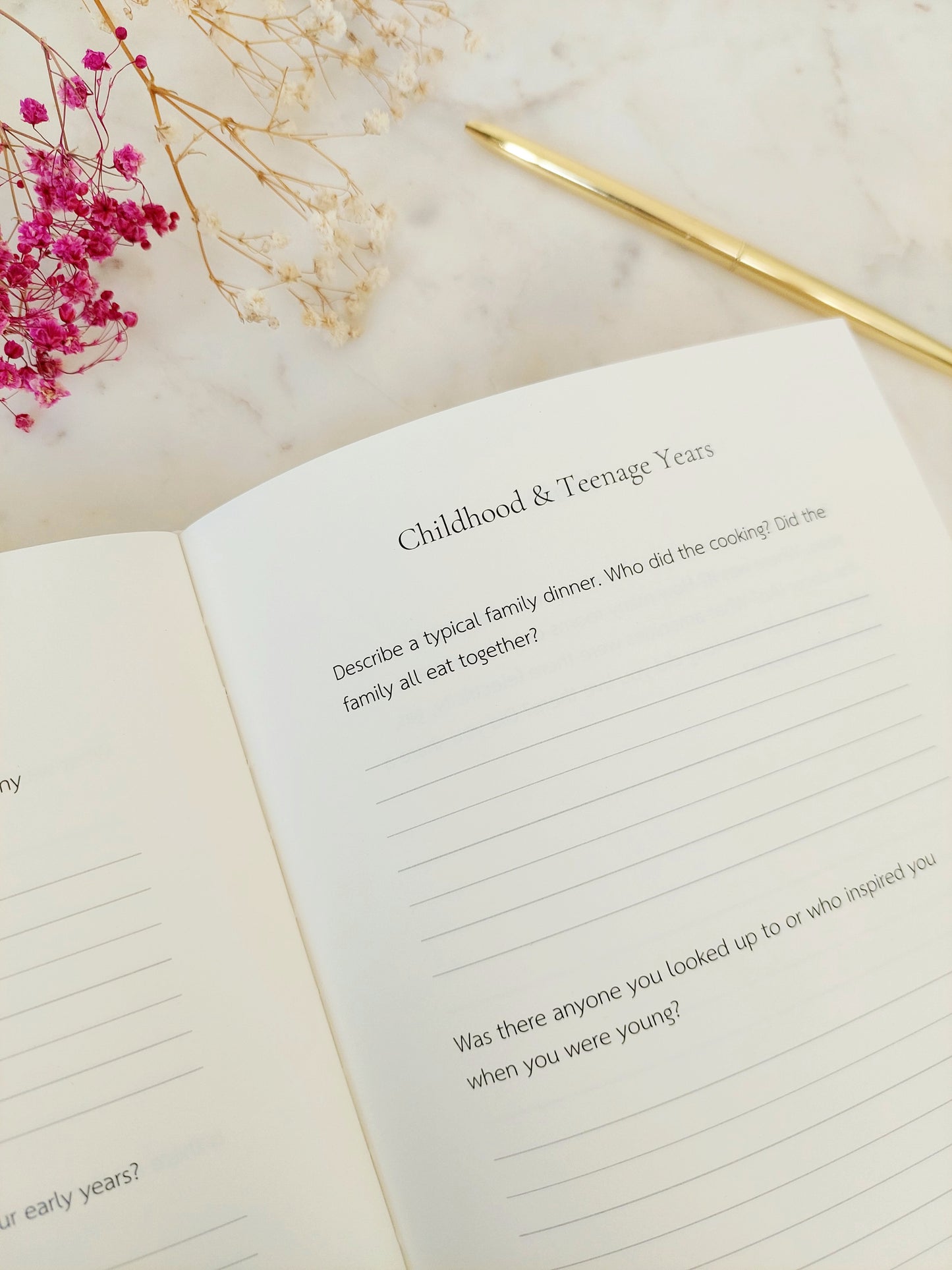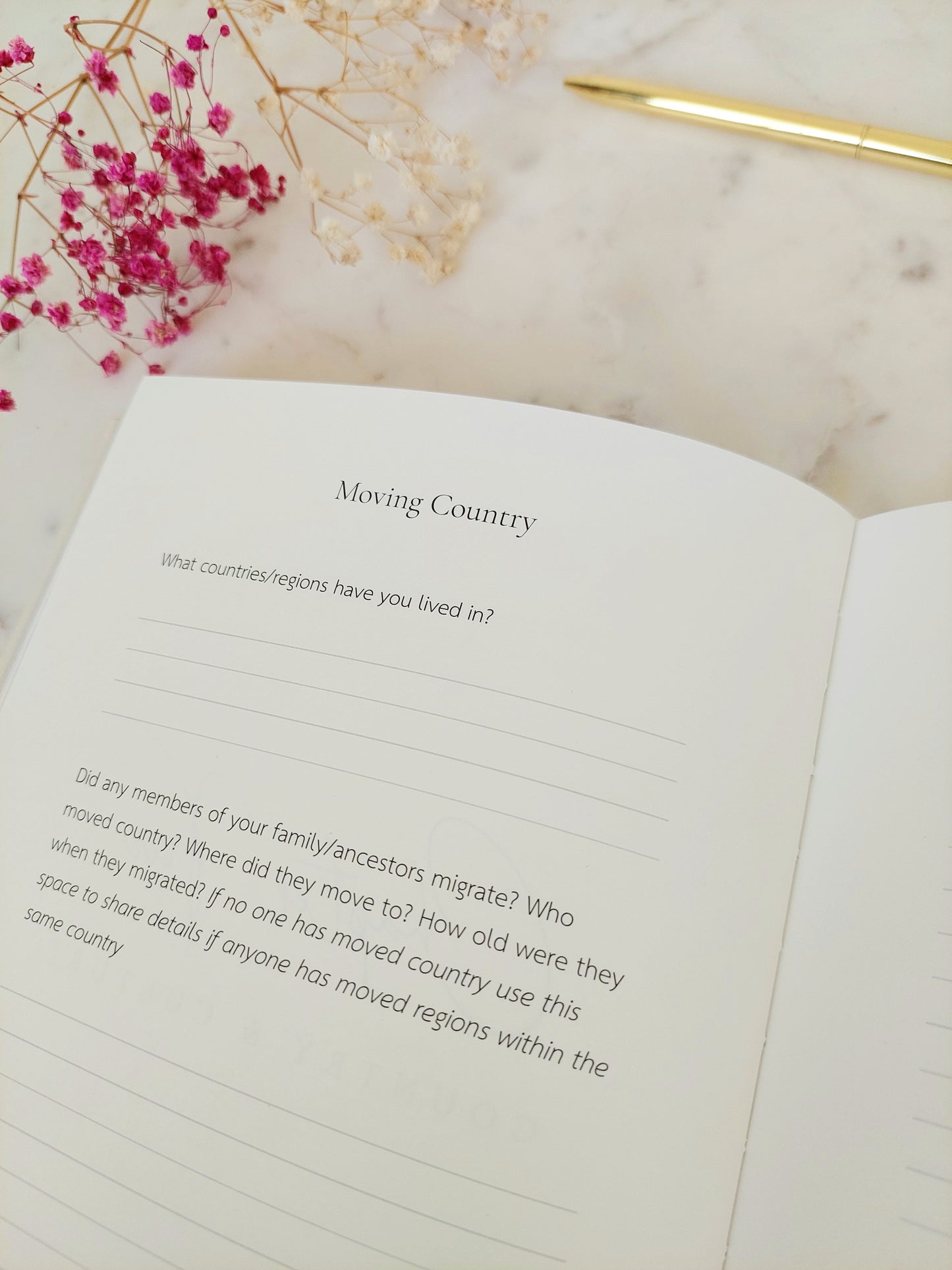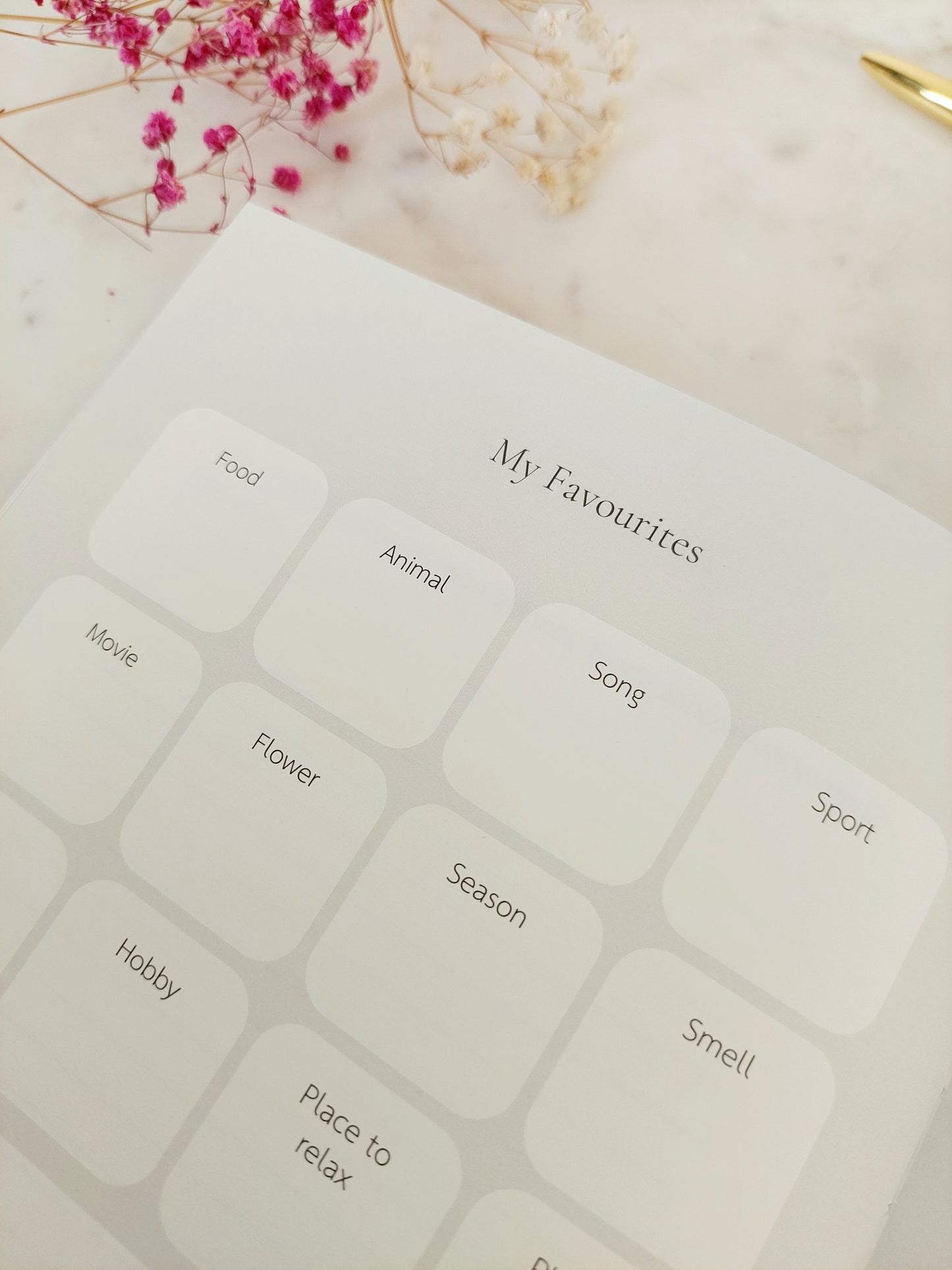6 min read
Introduction
Four years ago I stopped sending Christmas cards. Bold move from someone who loves keeping their birthday cards and more. So why did I do it? Every single Christmas card I received (and that I gave in all honesty) simply read ‘Merry Christmas and Happy New Year’. Every. Single. One. Copy and paste with just a different name at the bottom. I’d rarely receive anything different and even then it was always so impersonal. It was lovely to think these people thought of me, but it all began to feel like it was a mere obligation to fulfil one more task during the festive period…and hey I did it too. Until last year that was.
Not sending Christmas cards began to feel odd to me; as a sentimental person it was somewhat unnatural. I wanted to acknowledge the passing year and send well wishes to my loved ones (and there are so many gorgeous greeting cards out there I could no longer resist). Last year I told myself that I would ‘do it differently this time’ as I realised I was part of the continuing cycle of meaningless Christmas cards.
In each card I promised I would write just one thing that was specific to the recipient. Just one. I thought how easy that was until I started writing them. The time it took to think of one thing during an already busy period felt like a mammoth task. All my thoughts were just half baked ideas and they felt a little lame dare I say? I sat with the feeling of cringe and I started to experiment with different ideas and discovered some valuable tips during the process.
Now writing Christmas cards has become so much more meaningful, efficient and enjoyable. I’ve now also realised how appreciative I am of my interactions with people throughout the year. I absorb them so much more and I’ve often found myself thinking ‘what a great thing to include in my end of year Christmas card to you’.
I would love to share my easy tips on how to write Christmas cards with meaning and say bye bye to impersonal cards for good.

Photo by Jalsa Roots
5 Ways to Write A Personal Christmas Card Message
1. Write one specific memory or shared experience from the year
2. Give a sincere compliment
3. Express gratitude
4. Refer to specific plans
5. Write the date
1. Write one specific memory or shared experience from the year
If recalling a detailed memory from the past year comes naturally to you, this will be a piece of cake. But if you're like me and need a little extra help, just follow the simple steps below.
Step 1 Who is the card for?
Step 2 Think through month to month from the year that’s just passed about any interactions you’ve had together. No need for specific details yet – simply what, where and when. I like to scan through the pictures on my phone to help jog my memory.
Step 3 Lastly think about the feelings of the scenario. Did you feel happy, excited or overwhelmed?
Example: Who: Aunty Leslie. When: April. What: Easter family lunch. Where: At Mum’s house. Feelings: Happy but overwhelmed. I arrived late as the kids play date ran late in the morning. Aunty Leslie made me feel instantly calm and somehow that led onto her sharing stories about the games her and Mum used to play.
What to write: 'I loved seeing you at Mum’s Easter lunch earlier this year – I keep finding myself laughing about the stories you were sharing about when you and mum were young!'
Note how you don’t need to write a transcript of the interaction. The idea behind the steps above is to allow you to break down your memories. When you go through each of the questions, it’ll bring up details that you might have otherwise forgotten.
If you don’t know the person very well simply share the interactions you do have. ‘Looking forward to bumping into you at the supermarket in the new year!’

Photo by Jalsa Roots
2. Give a sincere compliment
Is there something you genuinely admire about this person? Now is the time to share to it! Genuine compliments can boost mood, self esteem and strengthen relationships. Think about how their genuinely great quality makes you feel. What is it about this quality do you appreciate? Try to think of a specific memory that showcases this compliment to help ensure it feels sincere.
Example 'Mum you are so thoughtful – you always have a hot tea waiting for me when I pop over after the school run. I appreciate you taking the time out of your day, I always feel so relaxed and I look forward to it after the chaos of getting the kids out of the house on time!'
Example 'Grandad you are a great listener. I’ve struggled a bit this year and I’ve felt so comfortable talking to you. You never judge how I am feeling, you simply just listen and allow me to let it out. I really appreciate it.'
3. Express specific gratitude
You’ll find that giving a sincere compliment and expressing gratitude can often be intertwined.
When I started writing daily gratitude's I could only think of the general ‘I’m grateful for my health, my family, my friends …’ you get the picture. Whilst all of those things are true, they were just so vague so practicing gratitude became meaningless. I decided to take it back to basics and made my gratitude's very small. 'I’m grateful I have a comfortable bed'. 'I’m grateful I have ten minutes of quiet time to enjoy a coffee'. These specific details really helped highlight the little glimmers of good in my day. This same thought process can be applied to gratitude's about other people. Remember to avoid being big and vague. Make it small. Make it specific.
Example 'Thank you for replying to my Whatsapp gifs with more gifs. They brighten my day!'
Example 'Thank you for organising my birthday lunch this year'
If you have writer’s block try the exercise below to help. Just think of the person you’re sending a Christmas card to and complete the sentence.

4. Refer to plans
Refer to any upcoming plans you may have together or that you would like to happen. Again, be specific if you can.
Example ‘I’m looking forward to celebrating Lilly’s birthday with you in February’.
5. Write the date
After you’ve taken the time to reflect on points one to four, it’s likely your message will be special to your loved one and a card they’ll love to look back on in the future. Writing the date inside the card helps the recipient remember exactly when they got it, turning it into a little keepsake.
Imagine going through a box a memorabilia with cards that are dated - it'll help make the experience far more valuable. The date will add context and help jog the recipient’s memory on how they felt and what they were doing for Christmas that year.

Photo by Jalsa Roots
Conclusion
So there you have it our five easy ways to add personality and sparkle into your Christmas cards, so they’ll be looked at time and time again. The key thing is to be genuine, be specific and be you.
We'd love to hear your thoughts on sending Christmas cards - is it a meaningless task or an absolute must? How do you add a personal touch to your messages? Share your tips and wisdom below on spreading some festive cheer this holiday season.


